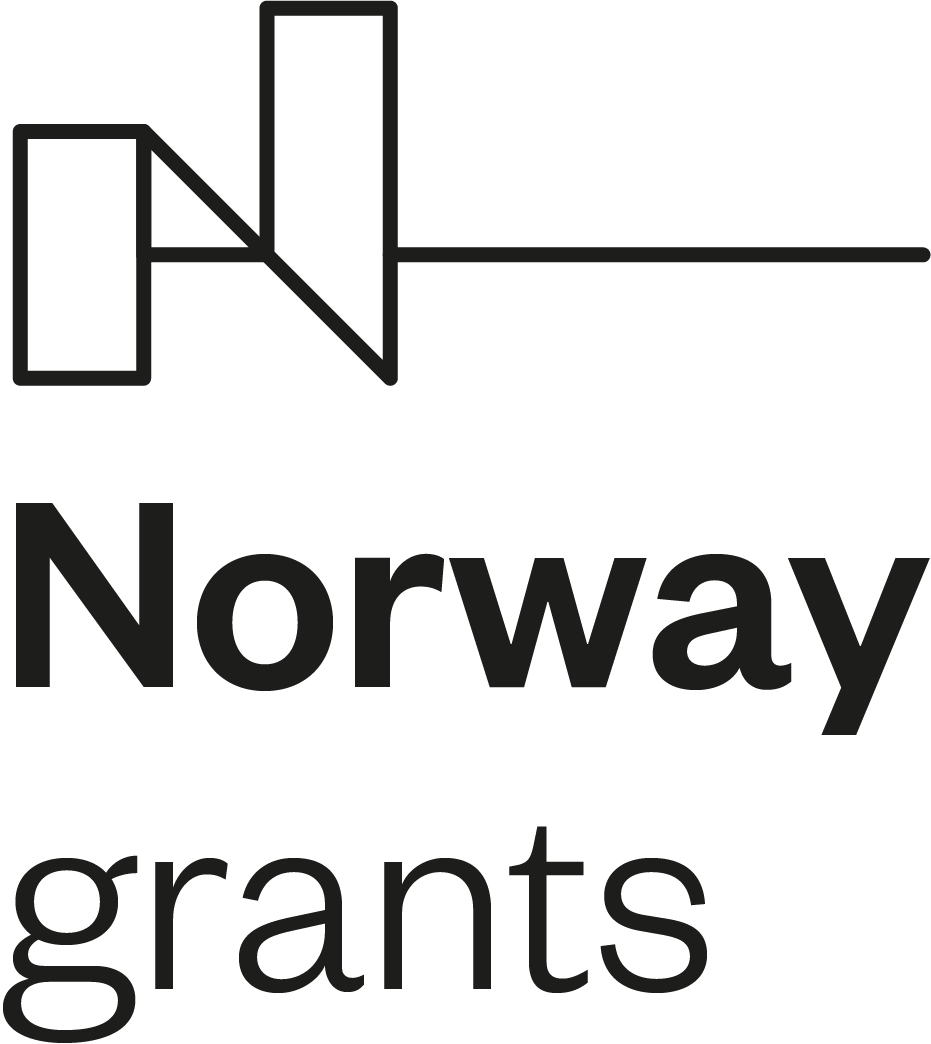Frittilaria Kurdica. Bulletin of Kurdish Studies no.5
We have pleasure to present the new issue of our e-zine Frittilaria Kurdica.Bulletin of Kurdish Studies no. 5. This time it consists of Polish and Kurdish language articles which are the result of our reaserch project. The e-zin can be downloaded below in pdf form.
Contents:
Umîd Demîrhan , Ferhengoka Nifirên Kurdî (The Dictionary of Kurdish Imprecations)
ABSTRACT
The Dictionary of Kurdish Imprecations Collecting oral literature of a nation is spread over a wide area and imprecations are a part of this literature. Especially, the culture of imprecations appear as a basic indi - cator of the poor: aggrieved, deprived, bereft, destitute, indignant people. Therefore, analizing imprecations can bring into view the psychological or social status of a group or a nation. Unfortunately, until now Kurdish imprecations have not been ana - lyzed by researchers to describe psychology and social status of the Kurdish people or their way of resistance against the colonialists. In this brief paper, I have introduced samples of Kurdish imprecations without their explanations. These samples have come together as a corollary of my previous work: when I was collecting Kurdish words from the native Jalalian Kurds of Bazid to pre - pare my Kurdish-Kurdish dictionary. In this survey, I could not list all the narrators names because its compilation was spread over a wide period of time and I did not intend to collect them at this first stage. My initial aim was to only try and verify the roots of words in popular and everyday Kurdish sayings.
Joanna Bocheńska, Renata Kurpiewska‑Korbut , Ciągłość i zmiana. Prezentacja kurdyjskich instytucji kulturalnych w Regionie Kurdystanu w Iraku na bazie materiału zebranego podczas badań terenowych przeprowadzonych w kwietniu i maju 2014 (Continuity and Change. Kurdish Cultural Institutions in The Kurdistan Region of Iraq. Field Research Results)
ABSTRACT
The paper presents selected Kurdish cultural institutions in the Kurdistan Region of Iraq. It is based on the interviews taken by dr Joanna Bocheńska in April and May 2014 in Erbil, Duhok and Suleymaniya. The collected data are presented according to the questionnaire prepared by dr Renata Kurpiewska-Korbut as well as taking into consideration the spontaneous character of the majority of responses which helped to reveal many additional details concerning institutions’ activities and tasks. As far as Kurdish cultural institutions are concerned they are seen as the creators of modern times, its goals indicate that one of the most important questions is to uphold conti - nuity inside the developing culture linking modern activity with past knowledge and experiences. This research is the result of cooperation between the Section of Kurdish Studies (Jagiellonian University, Kraków and The Institute of Research and Devel - opement (Kurdistan Region, Erbil).
Krzysztof Lalik, Plemienność w Kurdystanie – model odmienny czy charakterystyczny dla Bliskiego Wschodu? (Tribalism in Kurdistan – a distinct or typical model for the Middle East?)
ABSTRACT
The object of this article is to analyse the structural characteristics of Kurdish tribes to determine to what extent they can be described as being distinct from typical Near Eastern tribes, as was defined by such anthropological scholars such as Ev - ans-Pritchard, Albert Hourani and Eveline van der Steen. In my reflection on Kurd - ish tribes’ features I mostly refer to the field work of Fredrik Barth and Martin van Bruinessen, effected during the second half of the twentieth century. This enabled me to indicate similarities and differences between classical definitions of the Near East tribes and the Kurdish tribal reality on a structural level, which in conclusion, has a great deal in common
Karol Kaczorowski, Ahl-e Haqq jako kurdyjska religia w ramach szyizmu ghulat (Ahl-e Haqq as a part of Ghulat Shi’a movements)
ABSTRACT
The following article describes the main beliefs, theological ideas and religious prac - tices of Ahl-e Haqq (also known as Yaresan). It is organised according to the religious trychotomy division, proposed by Joachim Wach: organization, doctrine and cult. The Ghulat Sh’ia movements are taken into consideration as a general background of Ahl-e Haqq’s evolution. Also noted are the similar traits and religious institutions functioning in neighbouring religious groups of the Yezidis and Alevis.
Marcin Rzepka, Społeczność kurdojęzycznych Ormian w dziewiętnastowiecznym Kurdystanie. Zarys problematyki (The community of Kurdish- speaking Armenians in Kurdistan in the 19th century. Outline of the research problems
ABSTRACT
Analysis and research on the Kurdish-speaking communities, mostly Armenians, in the 19th century Kurdistan had to deal primarily with the problem of the valuable and proper sources describing the size and geographical distribution of this population. It seems that the protestant missionary narratives from that century offer the most important information concerning the Kurdish-speaking Armenians. The sources, dif - ferent in nature come from the Bible Societies (American and British) reports, the missionary analysis, the lists of books printed in the Kurdish language, written in Ar - menian script and finally private missionary correspondence, all help to estimate the quantity of Kurdish-speaking Armenians (at least 13,000) and the region where they were living (Diyarbakır and neighbouring regions). The Kurdish-speaking Armenian community throws up evidence of the usage of the Kurdish language as a toll of in - ter-ethnic communication in Kurdistan during the 19th century





